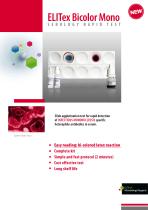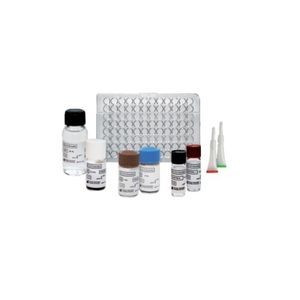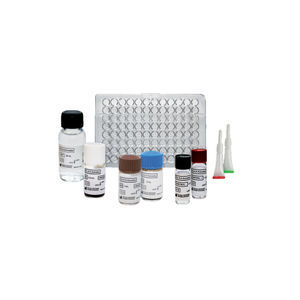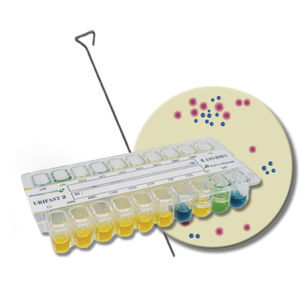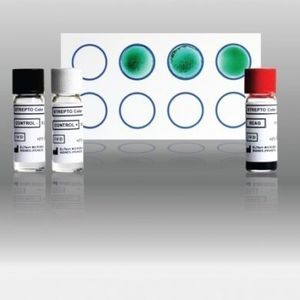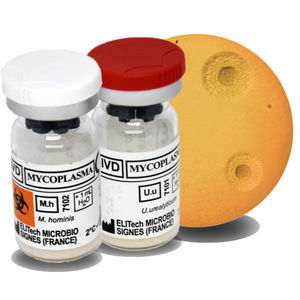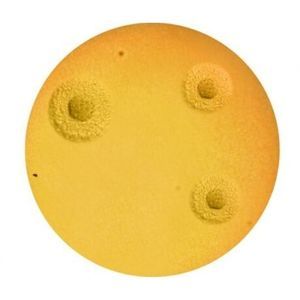

- Products
- Catalogs
- News & Trends
- Exhibitions
Rapid mononulcleosis test ELITex Bicolor Monofor antibodiesfor Epstein-Barr virusblood
Add to favorites
Compare this product
Characteristics
- Applications
- for mononucleosis
- Tested parameter
- for antibodies
- Micro-organism
- for Epstein-Barr virus
- Sample type
- blood, serum, laboratory
- Analysis mode
- for latex agglutination
- Result display time
2 min
- Specificity
99.7 %
- Sensitivity
98.4 %
Description
Latex slide agglutination test for rapid detection of infectious mononucleosis antibodies.
ELITex Bicolor Mono is a latex slide agglutination test for the rapid detection of infectious mononucleosis heterophile antibodies which appear at the beginning of the disease.
Simple visual reading, without expert interpretation: bi-colored latex reaction
)
Cost-effective, routine laboratory test
Easy and ready-to-use
High sensitivity and specificity
Finally, our kit meets all safety requirements with positive and negative controls.
Benefits
Intended use
Infectious mononucleosis is a disease caused by Epstein-Barr virus, relatively frequent, usually harmless and often causing a high asthenia. From the earliest days of disease, heterophile antibodies of infectious mononucleosis are present in the serum in sufficient quantity to allow diagnosis. They disappear gradually but can persist up to 3 months. These heterophile antibodies can agglutinate sheep, horse, beef and rabbit red blood cells. ELITex Bicolor Mono is a rapid test for the detection of infectious mononucleosis heterophile antibodies which appear at the beginning of the disease.
Principle
ELITex Bicolor Mono is a direct agglutination slide test. The TEST LATEX consists of latex particles sensitized by erythrocytes stroma specially treated, making unnecessary the adsorption of other heterophile antibodies and ensuring the reaction specificity. The presence of heterophile antibodies in sera is revealed by a red agglutination on a more or less intense blue background, visible to the naked eye.Otherwise, no agglutination is observed and the suspension remains homogeneous with a uniform purple color.
Catalogs
ELITex Bicolor Mono Brochure
2 Pages
Related Searches
- Assay kit
- Solution reagent kit
- Blood assay kit
- Serum assay kit
- Plasma assay kit
- Infectious disease detection kit
- Blood rapid diagnostic test
- Diagnostic reagent kit
- Laboratory reagent kit
- Immunoassay rapid diagnostic test
- Molecular test kit
- Virus rapid diagnostic test
- Respiratory infection test kit
- Whole blood detection kit
- Serum rapid diagnostic test
- Optical assay kit
- Clinical assay kit
- Reagent medium reagent kit
- Infectious disease rapid diagnostic test
- Cassette assay kit
*Prices are pre-tax. They exclude delivery charges and customs duties and do not include additional charges for installation or activation options. Prices are indicative only and may vary by country, with changes to the cost of raw materials and exchange rates.

